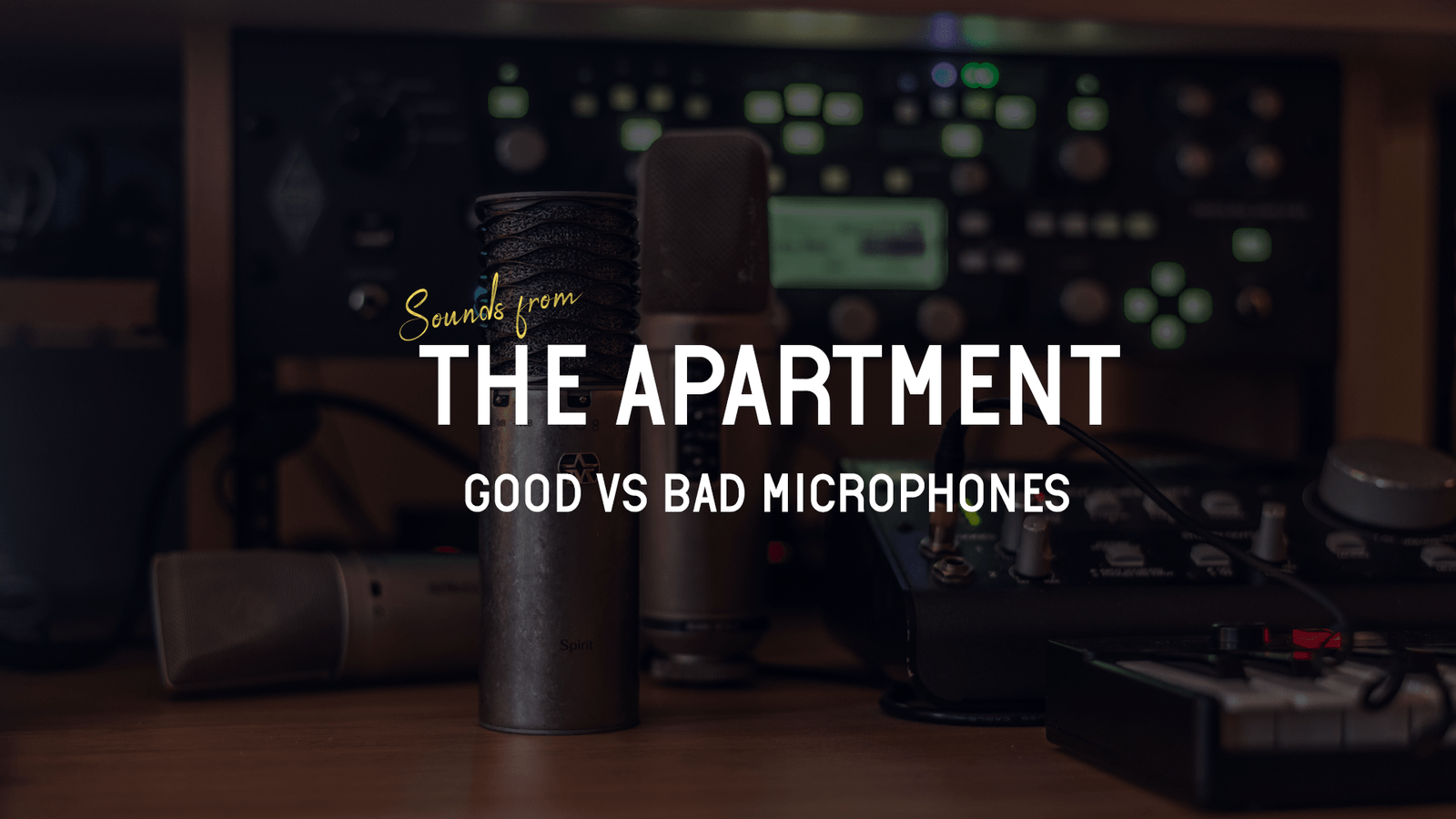Have you ever had to decide what microphone you are getting next and asked for advice from a more experienced friend or colleague so you could get an good opinion?
If you asked them about your potential microphone candidates, I am sure you get a response like this:
“Microphone A is probably too chear and therefore bad. Microphone C is super expensive and the best option you could get but way out of budget. I’d go with microphone B that is not super expensive but neither a good or bad microphone.”
The person that gave you that advice, although they are right in general terms, they are also wrong, simply because there are no bad microphones out there but that doesn’t mean you can’t get bad sound out of them.
What can make a microphone sound bad though? This is what we will discuss in the next paragraphs, and explain it as simple as possbile so you can get the idea! In future articles we’ll explore the microphone characteristics in more detail.
To start with, we’ll touch on the most important rule. Microphones are tools we use to capture sound. Like most tools, microphones too, have specific uses and whenever the recording circumstances change, our microphone selection might have to change too. For example, a Shure SM57 is a very versatile microphone. Popular for being used on percussion, guitar amps, and, occassionaly, even on vocals. Although it does a good job, is it the best option for all of these uses? Probably not. Could you ever use a SM57 to record a drum kick? Definitely not! I am hoping you can see where I am coming from here. use the correct tool for your needs!
Then, next thing we all need to understand, is that the rest of the signal matters. There is no way an expensive mic will sound as good as it is supposed to be if you plug it in a £100 audio interface. The preamps, the build quality of the circuits and, of course, the digital conversion the interface has to offer, they all matter. Every single step in that chain can affect your sound, and it will, if it’s not at least decent equipment and can support the microphone you are using at the other end. Seeing this from the other side, having a fantastic audio interface, can make a cheap microphone sound better, however it would not massively boost its performance.
The most significant difference between cheap and expensive mirophones is their frequency response. While expensive microphones should be reproducing most of the frequencies between the 20-20000Hz audio spectrum evenly, cheaper ones might not be designed to reproduce the higher ones or (t best case) they reproduce them at a lower level. So that will need some EQ correction that will boost these frequencies.
That brings us to self noise. Microphone circuits produce some level of hiss noise by design. That noise is unavoidable if it is there and it is nore noticeable in cheaper microphones. Meaning that while appying any boosting EQ correction to that signal, it will also boost that noise, and of course this is not optimal in any situation.
If you own a cheap microphone, the best advice I can give you to avoid being in a situation like that, is to make sure that you are using that microphone to record sources that align to the microphone’s core reproducible frequencies. This will minimise the need for correcting frequencies outside of that range. Might not sound easy to do but if you spend time with your microphone, exactly as we mentioned on the “How to make the best out of your equipment” article, it shouldn’t be a problem.
Another common limitation of cheap microphones is the low max SPL value they have. Max SPL indicates the loudest sound pressure level a microphone can accept without distorting. So if you are putting a cheap microphone to record brass, for instance, you are setting yourself to fail.
It’s impressive what can be done with low budget equipment if used properly. Any lowbudget microphones and equipment, you might have, give them chance! Be creative and don’t be afraid to experiment!
And always remember… Bad microphones? They don’t exist!
Let me know if you agree or not in the comments below!
Find tips on how you can manage your home studio in a better way, here!
Subscribe to our YouTube channel, Instagram and Facebook pages if you want access to more of our content!

